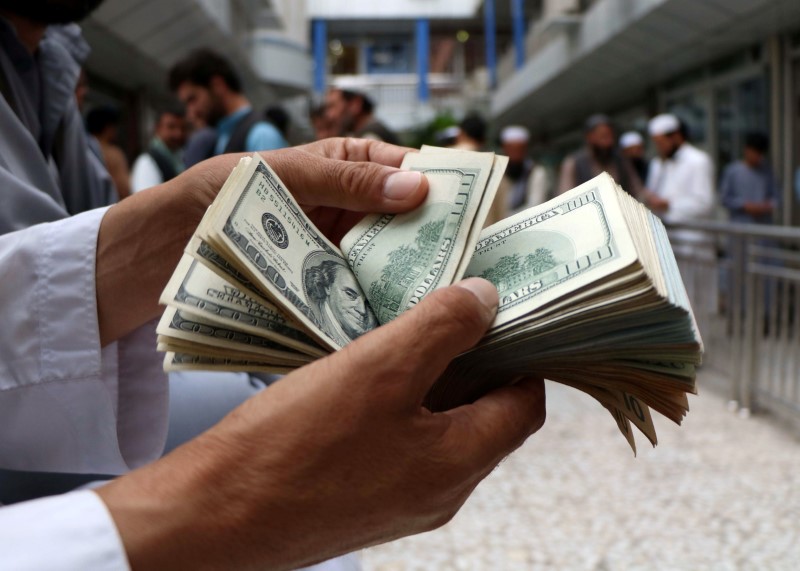Stryker shares tumble despite strong Q2 results and raised guidance
(Bloomberg) -- It turns out Wall Street can get a better handle on the inflation outlook by trusting ordinary Americans instead of listening to professional forecasters.
That’s one of the conclusions of a new Congressional Budget Office research paper showing consumer price expectations better gauged the future direction of inflation than economists’ forecasts over two decades through 2018.
While analysts more accurately predicted the pace of inflation, consumers better predicted the direction of inflation and future sentiment, making their forecasts more relevant, according to economist Gloria Chen. Her paper combined 10 inflation measures and compared those with estimates by each group.
“Consumers’ inflation expectations have generally outperformed professional forecasters’ expectations,” within Chen’s model, she wrote in a report out Friday. She used the University of Michigan’s monthly survey of consumers and data on economists from the Federal Reserve Bank of Philadelphia’s Survey of Professional Forecasters.
The findings could be some consolation for Fed policy makers, who cut interest rates last week for the first time in a decade amid rising global growth risks and inflation falling consistently below their 2% target. Consumers, meanwhile, expect prices to rise 2.6% in the coming year and 2.5% over the next five to 10 years, according to the latest Michigan survey released last week. Those figures have stayed fairly stable in recent years, which Fed officials have noted in their policy statements.
Read more: Low Inflation Is Maddening Unsolved Federal Reserve Mystery
Overall, Chen found consumer expectations tended to overshoot actual inflation, while economists’ estimates tended to cluster tightly around the Fed’s 2% target.
Chen also found that the Phillips Curve, the theory that inflation rises as the jobless rate falls, hasn’t broken down as some economists have said.
Wage growth has failed to reach previous cycle highs despite unemployment holding near a five-decade low. Chen found that the relationship between inflation and unemployment has broken down since the 1970s largely because of prices for goods. Prices for services still respond in her Phillips Curve model.
(Adds chart and background on stable expectations in fifth paragraph. A previous version corrected the headline to show the finding was from CBO paper, not the CBO itself; corrected the penultimate paragraph to refer to inflation, not wage inflation; and in final paragraph, clarified that the author discussed the relationship between inflation and unemployment.)
